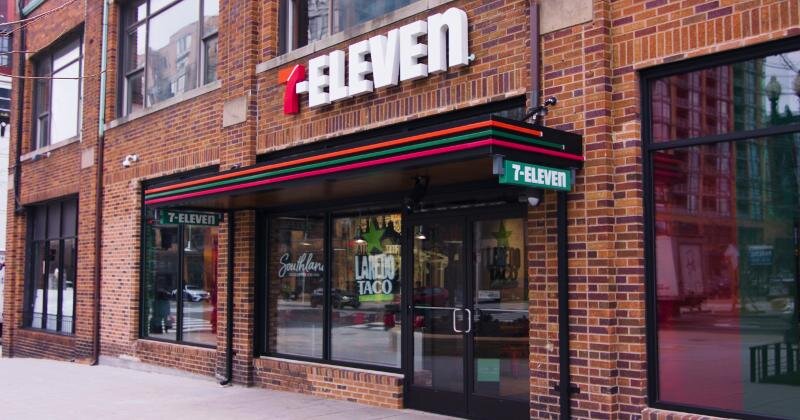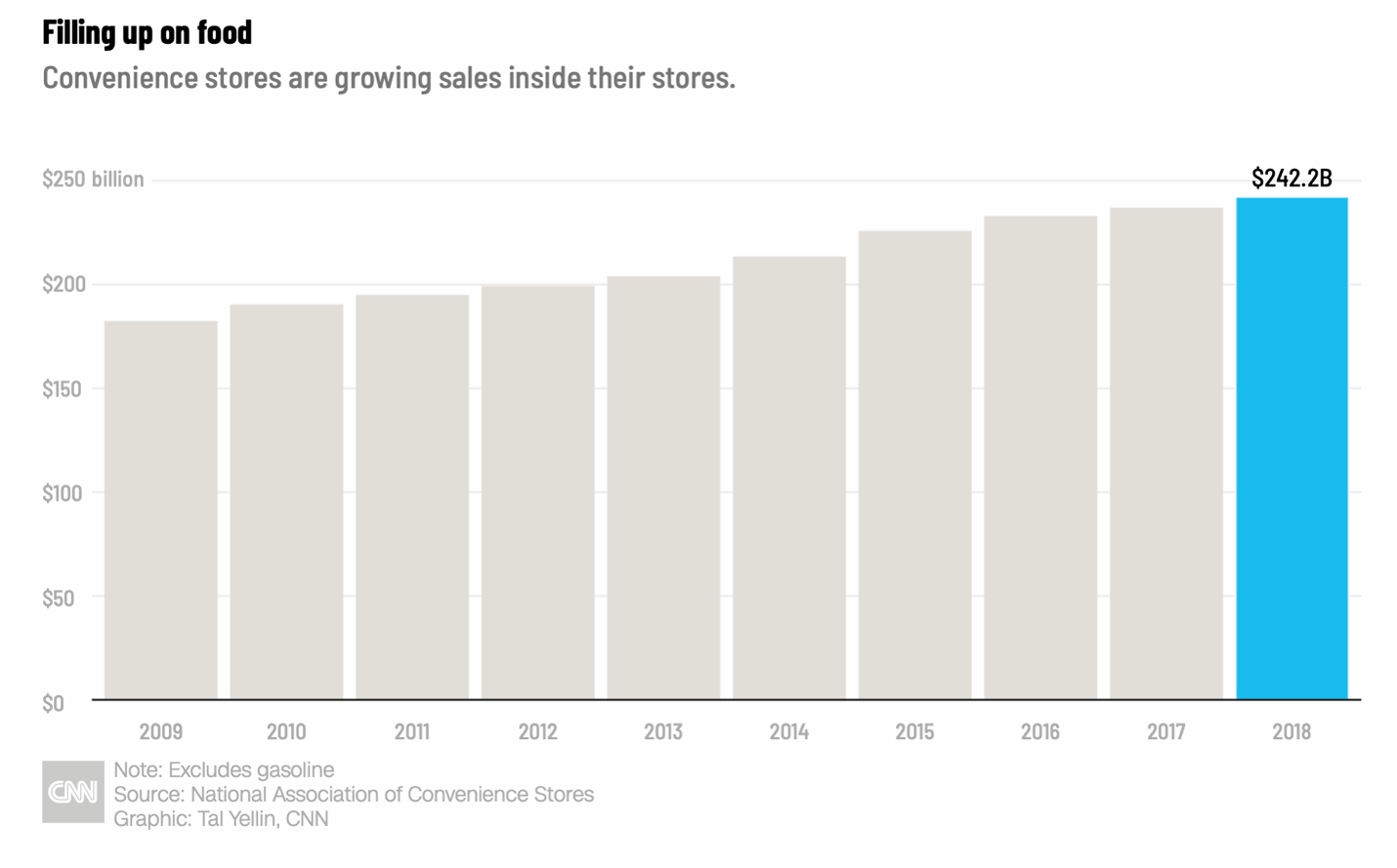7-Eleven's Strategy for Success
If one thing is true about retail it’s that change is a constant. Even your local convenience store is changing in ways you would not have imagined 10 or 20 years ago. You can grab a craft beer at 7-Eleven or have Instacart deliver snacks from 7-Eleven to your home. Competition is also heating up in the convenience sector with grocers like Kroger delivering convenience items to customers in as little as 30 minutes. If you are curious about 7-Eleven’s plan for staying ahead of the competition then consider these five elements of its strategy.
1. Sell more food. While we may think of convenience stores like 7-Eleven as just a place to fill up on gas convenience stores have their eyes on a larger share of your wallet. It’s not out of the ordinary to walk into a convenience store and walk away with breakfast, a grab and go meal for dinner as well as your favourite snacks. The enhanced assortment in many convenience stores has led food service sales inside of these stores to increase at a faster rate between 2009 and 2018 than in any other in-store category.
2. Make convenience even more convenient. Instead of venturing out to your local convenience store millions of people are getting convenience items like snacks delivered directly to them. For its first foray into delivery 7-Eleven partnered with Instacart. By ordering on Instacart customers can buy and receive convenience items from 7-Eleven in as little as 30 minutes. “Sometimes people need a full fridge and pantry restock and other times they just need a few things quickly like some snacks for the kids, a bottle of wine for dinner or over-the-counter medication to nurse a headache,” said Instacart vice president of retail Chris Rogers speaking about the initiative.
3. Open the store of the future. In an attempt for the nearly 100 year old retailer to remain relevant 7-Eleven opened its version of the store of the future called the Evolution Store in 2019. Customers frequenting these stores are greeted by a number of new experiences, including, depending on the location, a craft beer station, a wine cellar, a premium cigar humidor, customized espresso drinks, a taco restaurant, fresh baked goods, premium cigars as well as scan and pay technology. There is also space for on-premise dining. "It's a huge switch from what we would have historically thought to see in [convenience] stores. It's more than just your salty snacks and a can of soda," said Catherine Lang, from Kantar. "Now I can go in and get a meal on my way home from work. I can also grab private-label wine."
One 7-Eleven in Dallas Texas even has a drive thru where customers can order and get tacos and signature 7-Eleven drinks like Slurpees. By June of last year 7-Eleven had nine Evolution stores. "Today's opportunity is in the QSR space, and we are responding by aggressively rolling out our restaurants across the country – both in Evolution Stores and beyond," says 7-Eleven executive vice president and COO Chris Tanco.
Do you like this content? If you do subscribe to our retail trends newsletter to get the latest retail insights & trends delivered to your inbox
4. Be ready for the shift to electric cars. As electric cars become more popular convenience stores are working on ways to meet demand. Last year 7-Eleven made progress towards adding 500 charging stations to 250 stores across North America. Since it takes longer to charge an electric car than to fill a tank with gas 7-Eleven realizes an enhanced in-store experience is one way to keep customers engaged while they wait. “They could be there for 30 minutes, 45 minutes, up to an hour potentially,” says Norman Hower, vice-president and general manager of the Canadian operations of 7-Eleven. “It behooves us, then, to look at ways to meet their needs while they’re doing that.”
5. Try to stay ahead of new competition. 7-Eleven is also racing to update its stores because grocery stores are hot on its heels. In 2021 Kroger announced a deal with Instacart to deliver smaller convenience based items to customers, sound familiar? The service, which is called Kroger Delivery Now allows customers to shop online from an assortment of 25,000 fresh grocery items as well as household staples. Orders are fulfilled by Kroger and delivered by Instacart. Customers can get their order delivered in as little as 30 minutes and the service is available to at least 50 million homes across the United States. Kroger believes that within the next few years quick commerce will be a $1 billion opportunity.


